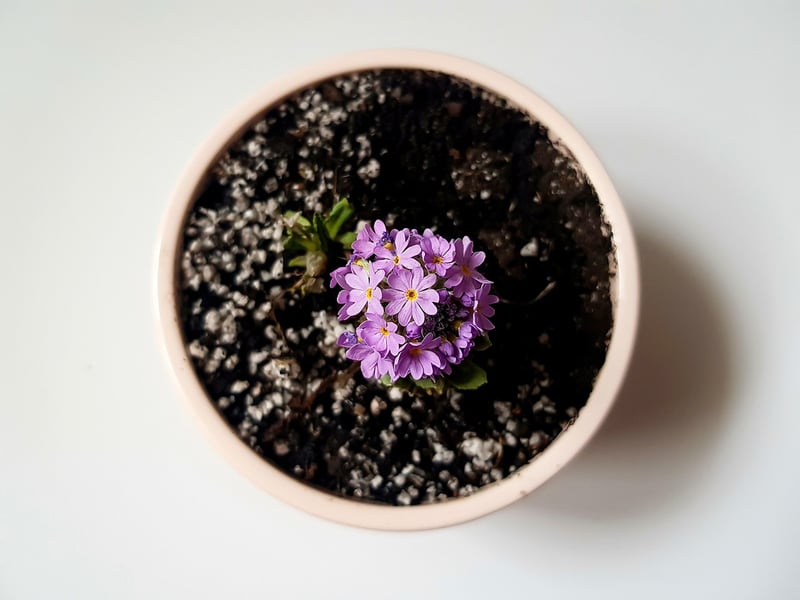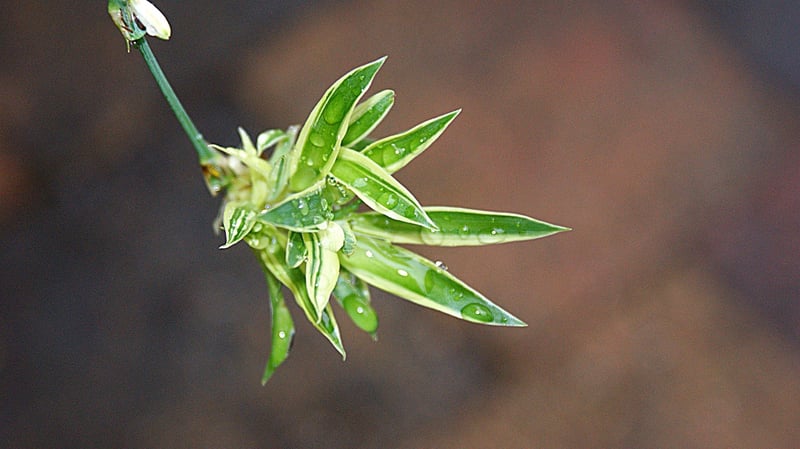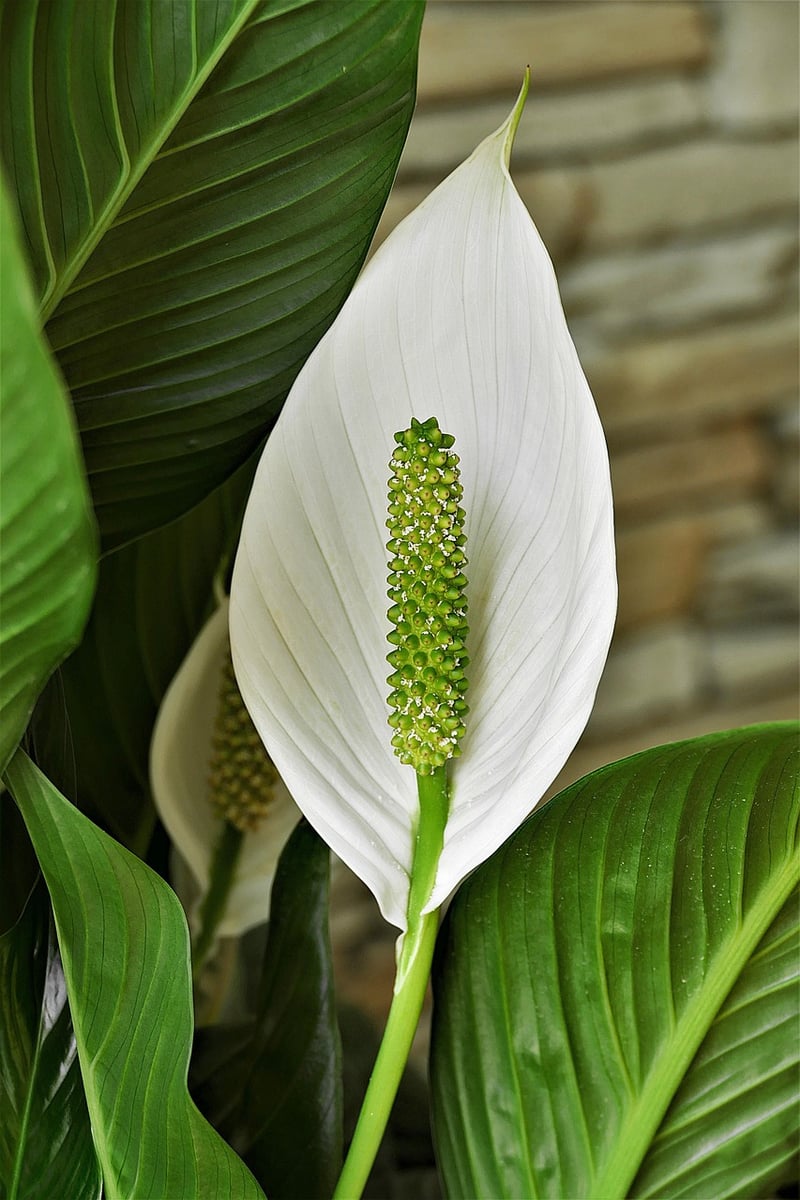Low-Light Varieties
Choosing the Right Plants for Low-Light Environments
When it comes to indoor gardening, one of the key factors to consider is the amount of light your space receives. If you have a low-light environment, it's essential to select plants that can thrive in such conditions. Here are some tips on choosing the right plants for low-light settings:
Understanding Low-Light Environments
Low-light environments typically receive minimal natural sunlight, either due to small windows, shading from buildings, or the direction the room faces. In such spaces, it's crucial to choose plants that can adapt to lower light levels and still flourish.
Low-Light Plant Varieties
Here are some plant varieties that are well-suited for low-light conditions:
- Snake Plant (Sansevieria) - Known for its air-purifying qualities, the snake plant can thrive in low-light environments with minimal water requirements.
- ZZ Plant (Zamioculcas Zamiifolia) - This plant is incredibly resilient and can survive in low-light settings with infrequent watering.
- Spider Plant (Chlorophytum comosum) - Ideal for hanging baskets, spider plants are adaptable to various light conditions, including low light.
- Peace Lily (Spathiphyllum) - With its elegant white blooms, the peace lily can brighten up any low-light space with its air-purifying abilities.
Tips for Caring for Low-Light Plants
While these plants are suited for low-light environments, it's essential to provide them with proper care to ensure their well-being:
- Rotate your plants regularly to ensure even growth, as they may lean towards the light source.
- Avoid overwatering low-light plants, as they typically require less water due to slower growth rates.
- Clean the leaves of your plants regularly to remove dust and allow for better light absorption.
- Consider supplementing natural light with grow lights specifically designed for indoor plants if necessary.
By selecting the right plants and providing them with proper care, you can create a lush indoor garden even in low-light environments. Remember to observe your plants regularly and adjust care routines as needed to ensure their health and vitality.




